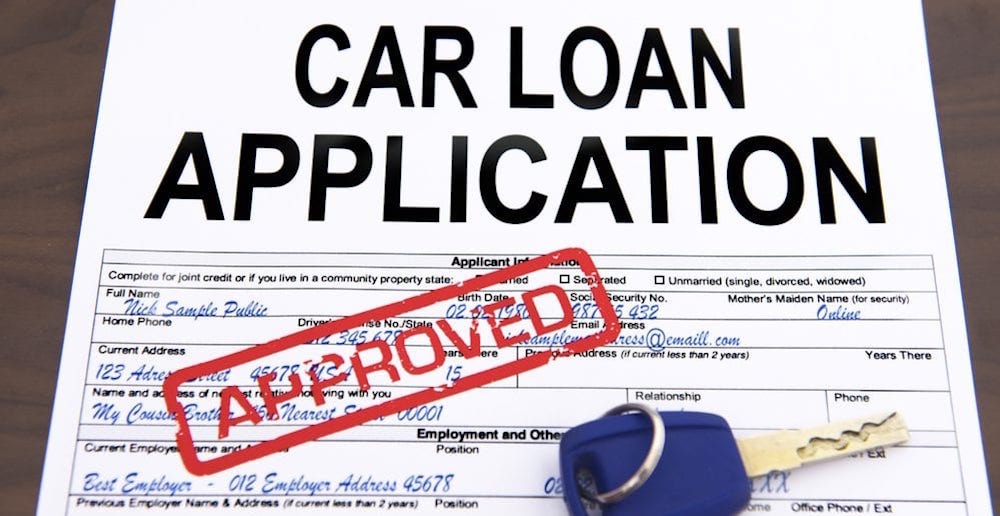Auto financing can feel like a bit of a minefield – it’s easy to think you’re getting a bad deal when you don’t know what a good deal is, right?
So what about refinancing? When you’ve already gotten your loan and want to make changes, everyone tells you to refinance but not how or why it might be a good idea.
Today, we’re going over what refinancing is, the pros and cons of it, and the steps you can take today to refinance your car loan if you decide it’s the option for you.
What is Refinancing, Exactly?
Refinancing just means switching out your current car loan for a new one, usually with different terms and through a different company or bank.
Behind the scenes, it means your new company pays off the rest of your old loan and needs you to pay them back for doing so. They’ve taken on your debt so they can get the interest from your payments.
So how is this different from just getting an entirely new loan?
Is Refinancing the Same as Restarting?
In some ways, refinancing is restarting your loan: you end your old loan and start a new one with a different interest rate and a different company.
But in other ways, refinancing isn’t the same: you can keep the same loan length and some terms instead of having a completely new auto financing contract.
This can create some interesting benefits and drawbacks for you.
The Pros and Cons of Refinancing
The main reason – and benefit – of refinancing is that you can get a better interest rate and reduce your monthly payments. Some people will also refinance so they can add a co-signer to their new contract or remove one from the old one if their financial situation has changed.
Some of the negatives of refinancing include early payment penalty fees from your current loan provider, increased interest rates, credit score decreases (due to having to do a hard inquiry for your new loan), and paying more for your vehicle in the long run.
A lot of the time, deciding whether refinancing is a good idea depends on your current financial situation and the economic climate at the time.
But if you do decide now is a good time to refinance, how do you do it?
The Steps to Refinancing an Auto Loan
Here are the steps you’ll have to take to refinance your auto loan:
- Request a payoff quote from your current loan provider – this will include any fees or early payoff charges.
- Consider your current financial situation – do you have enough money and a good enough credit score to sign a new loan?
- Compare your current loan to lenders in your area – if you can find better rates and terms, go for it!
- Sign and transfer your auto financing loan – work with your current and newly chosen lenders to transfer your loan and complete the paperwork.
Once all that’s done, you’ve officially refinanced your auto loan.
Now that you know all about refinancing, you can go about your own auto financing journey today!
This post may contain affiliate links. Meaning a commission is given should you decide to make a purchase through these links, at no cost to you. All products shown are researched and tested to give an accurate review for you.




